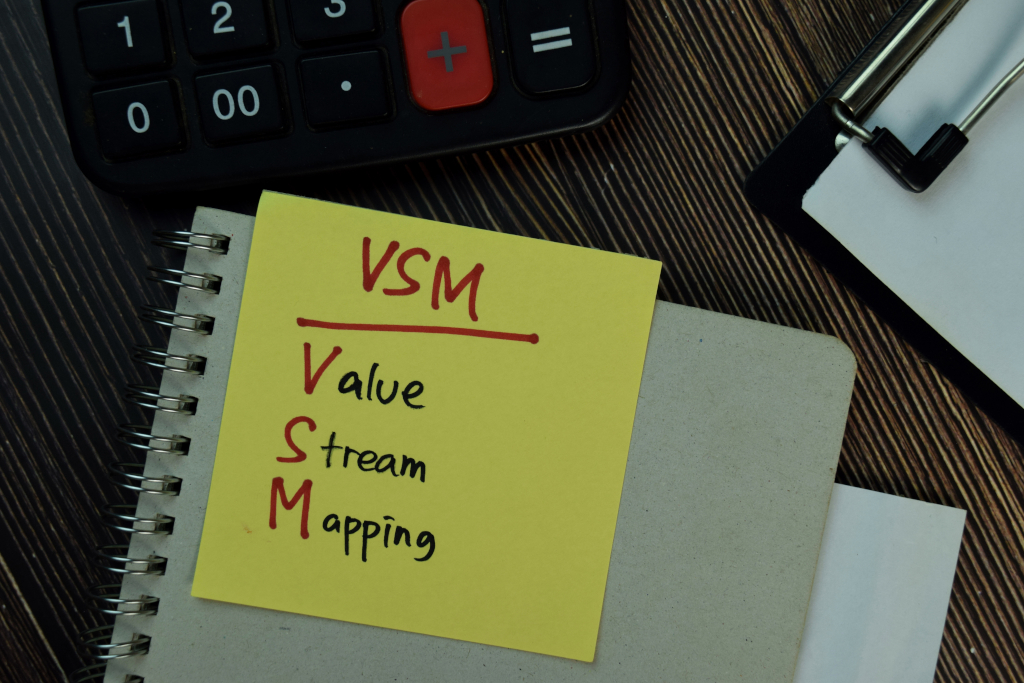Is our team working efficiently? And how much time do we spend on activities that don’t add value?
If you are asking yourself these questions and are not just looking for a one-time change, then today’s article is just for you.
To assess whether your team is efficient, you’ll need to look at the activities you use to deliver value to your customers (the so-called value stream). Each value stream contains activities that add value to our product, which is why we want to preserve them. In addition to these activities, however, you will also find sources of waste and activities that do not bring value.
Activities that do not bring value can be omitted from our value stream and thus save team capacity and time. The time saved can then be spent by your team on other, more important things. You can thus be able to improve the functioning of the team, increase people’s motivation, but also shorten the delivery time to the customer. An indisputable advantage is also the focus of your team’s attention not only on the product, but also on the way it delivers the product.
Team
If possible, map a value stream with your entire team. Your people know where various imperfections are hidden in delivery. And it is they who propose the changes so that they make sense and the team owns the changes.
You might wonder why invite the whole team? Why not invite only one senior from the team to value stream mapping (VSM)? But don’t do that, you’ll deprive your team of a shared understanding of the right course of action. Junior colleagues will learn a lot of new information from more experienced colleagues. More senior colleagues can reconcile with other seniors on how your product delivery works. Everyone can then suggest optimization opportunities.
At the same time, I do not recommend you to have the model completely drawn by an external company. If you have everything delivered once on a turnkey basis from an external company, you will have a professionally drawn model, but it will be much harder to achieve that your team will continuously evaluate and change the model itself.
Safe environment
If you want to get valid results from the workshop, you need to create a safe environment for discussion. Only in this way can the discussion be open. Reassure the team that the results from the mapping will not be used for comparison between teams. At the same time, you can assure your team that the results of the Value Stream Mapping (VSM) will remain only within the team if they wish.
Proper granularity
During value stream mapping, you create a model that captures a simplified reality model. The key to success is to choose the right granularity of the activities you want to map.
If you choose a huge process going through many products, you will never be done with the value stream. And if, on the other hand, you choose a process that is too small, then you will dig into unnecessary detail during the mapping and quite possibly you will not find opportunities for improvement in such a small piece of activity.
Personally, it usually helps me to choose one product and map its delivery from start to finish. I agree with the team on what is the first and last step of the value stream and then we continue to add content. The initial step is often the customer’s request for the delivery of the product and the final step is the handover of the finished product to the customer.
Flow mapping
The goal of mapping is to create a diagram of how requests go through your team. The map also contains information about when someone external is working on them and when the finished product will reach the customer.
Together with the team, draw content between the start and end steps. If you want to be precise, you can use the graphical syntax listed here, for example, or, as in many of our teams, you simply draw a few boxes that you describe and connect with links.
Capture in the model
- Customers and suppliers
- A sequence of steps you take with your team to meet a customer’s need
- Flows of important information in the value stream (e.g. customer demand, order, invoicing, informing the subcontractor,…).
Always draw all flows in the workshop on a board or flipchart, for example. The drawn production model is usually clearer than when we just talk about the process. It is also easier to find activities that do not bring value. In addition, the Value Stream Map you create can also serve as input for your Kanban board. Read more about Kanban board in the article https://lucidbaydigital.com/how-to-set-up-a-kanban-board-for-a-team/.
Chronometry
Map out how long the production itself takes (activities that bring value) and how much time the requirement waits in different places (activities that do not bring value). When you put this data together, you will immediately know the causes of waste.
Try to rely on real data and do not base your rating on conjecture. For example, the source of a lot of data might be the resolution history of a request in the request management tool that you are using. To complete such information, it is usually necessary to prepare in advance and find out with the team whether you have the data to determine it.
The figure below shows what such a value stream map can look like. The map shows that the development team is working with the backend supplier and that they are delivering the product. It took the customer a total of 68 days (so-called production lead time). Of this, however, only 45 days were spent on value-added activities for the customer. There is therefore a clear opportunity for optimization.

Optimization
Identify sources of waste in the captured map. Then suggest the first changes (future status) with the team and go try them out. If you can find more ideas for optimization, you don’t have to change everything right from the start. First, select a few ideas that the team considers most important.
That’s where it all starts.
If you and your team have already performed the first optimization of the value stream, count on the fact that it doesn’t stop there. Instead, the Kaizen philosophy is to revisit each value stream map with your team regularly. Proceed empirically with the team, i.e. try to make a change and after some time return to the description to evaluate whether the changes made helped or not.
In this way, small changes can be used to make huge changes in the efficiency of your team over time.
Facilitation
Since it is a workshop with the whole team, it has proven to me that such a workshop should be facilitated by a scrum master or an agile coach. He will also explain the principle of the team’s Value Stream Mapping. If you decide to continue using the value stream, a scrum master/agile coach can help you plan and implement further workshops.
Help with preparation
Tip: The value stream mapping procedure is very simplified so that it can be easily started. If you want to learn more about value stream mapping or want to help with the preparation and facilitation of the first workshops, do not hesitate to contact us.


Pingback: How to set up a Kanban board for a team? - Lucid Bay Digital